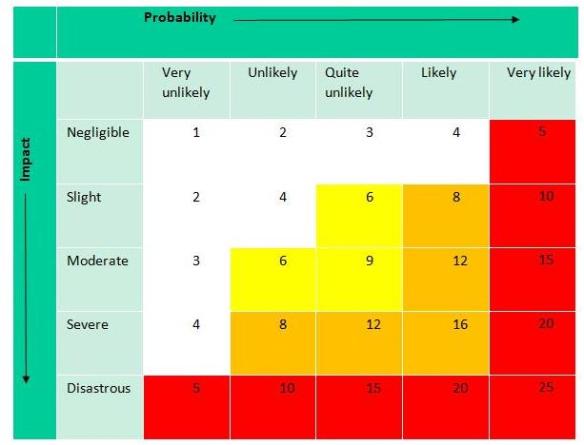- Completed a Caring for Collections Action Checklist (see blog CC #3)?
- Got a ‘to do’ list as long as your arm?
- Don’t know where to start?
Don’t worry. Here are some ways you could approach it – choose one that works for you, or use a combination:
- Pick off the quick and easy things first to get you off to a flying start!
- Tick the ‘Met’ column in your Action Checklist as you do each one. If you make your review date and your ticks a different colour (or enter a date in the ‘Met’ column), you can plot your progress as you go – it’s very satisfying!
- Break down larger tasks into smaller subtasks creating a ‘to do’ list of several items for each task. This makes things far less daunting; much more do-able.
- Roughly ‘guesstimate’ the time needed to complete each task or subtask from your ‘to do’ list – what could you do in 10 minutes/30 mins/1 hour/3 hours or more? As and when you find you have some time available, choose something to fit – make it work for you.
- Ask other family members or interested people to help. Show them what’s needed and get them involved by sharing your enthusiasm.
- Order the tasks according to priority and then pick them off one by one starting with the highest. Use this little risk assessment exercise to decide on priorities – there’s no need to spend too long on it, a rough idea will give you a good start.

For each of the tasks (or subtasks), think about the possible impact of the 10 agents of deterioration (see blog #CC4 – not all will apply in each case!); how severe the damage might be, and how likely it is to happen. Think about what you already have in place to reduce that risk – remember we have to Avoid, Block, Detect, Respond, Treat, starting with Avoid and Block wherever possible! Where the Probability column and the Impact column meet you will find the priority number to assign to your task. The highest score takes top priority – if anything has a score of 25 tackle it as soon as possible!
- Finally, if finances are an issue, don’t worry. We’ll help with some suggestions in our next blog.
For more information visit some of our recommended sources:
The ultimate source for more than you will ever need to know about the 10 agents of deterioration and their impact on Heritage objects! Canadian Conservation Institute
The National Archives very useful introduction to archives has lots of helpful “What you can do” information on damage prevention – section 2.2 looks at major risks
Assess and manage risk in collections care – A Collections How to Guide. Developed by Norfolk Museums and Archaeology Service, SHARE Museums East and Collections Trust
A guide to Risk Management of Cultural Heritage from the International Centre for the Study of the Preservation and Restoration of Cultural Property
Based on Gloucestershire Archives Heritage Hub Collection Care training developed by Ann Attwood ACR Collections Care Development Officer and Rachel Wales ACR Collections Care Conservator
At Gloucestershire Archives, through our National Lottery Heritage funded “For The Record” project, we will support people to: “document, care for, interpret and celebrate their personal and shared history”.
Pingback: How to preserve your family or community archive: the Collection Care Covid-19 lockdown blogs. Blog CC #7 | Gloucestershire Archives
Pingback: How to preserve your family or community archive: the Collection Care Covid-19 lockdown blogs. Blog CC #18 | Gloucestershire Archives